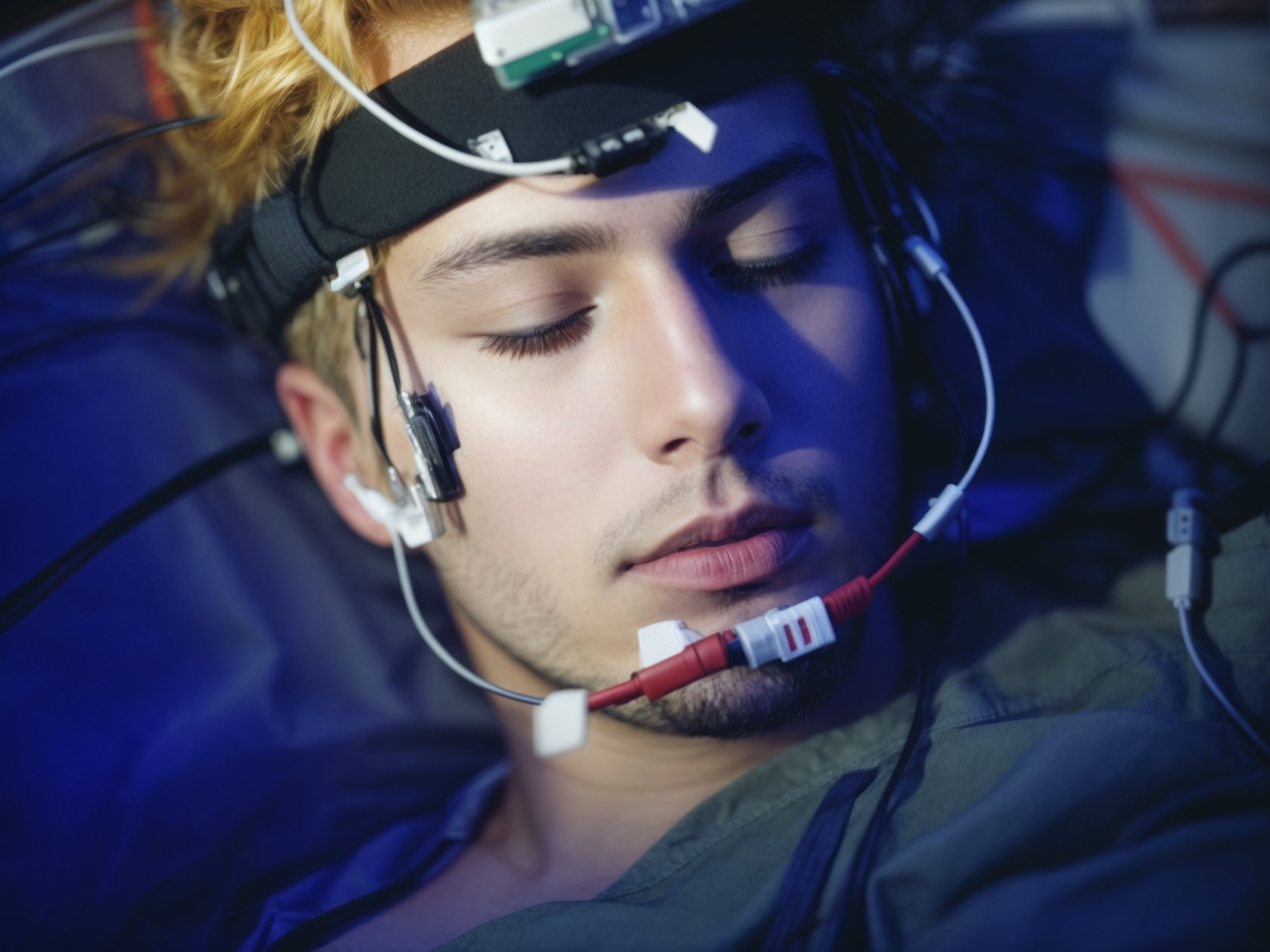Under the leadership of Emma Peters, scientists from Switzerland and the Netherlands conducted an experiment in order to find a reliable method of inducing lucid dreams. The group also included Martin Dresler and Daniel Erlacher, two researchers who regularly study the topic. The authors wanted to send a cue to a sleeping person that would become part of their dream plot and help them become lucid. They used three methods:
1. Electrical forearm muscle stimulation (to make the person’s arm twitch within the dream plot).
2. Galvanic vestibular stimulation (which affects balance and, hence, may cause the dreamer to lose balance in the dream).
3. Haptic vibration stimulation (to evoke corresponding sensations in the dream).
So far, the authors have only focused on the question of whether the external stimulation will become part of the dream plot. Therefore, the participants woke up immediately and recounted their dreams. Most often, the dream incorporated arm movement. However, the impacts on balance and tactile sensations were not significant. It is worth noting that similar experiments were conducted by Keith Hearne back in the 1970s, but they were not successful.
Would you be willing to use such methods for the sake of lucid dreaming?
The article was published in February 2024 in Current Issues in Sport Science.
Get all the latest news about lucid dreams via our channels on Telegram, Facebook, Twitter




